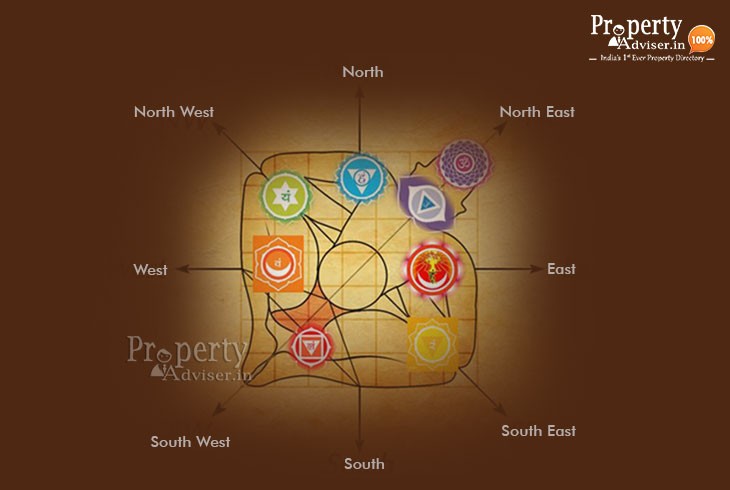Vastu Shastra is an ancient science that governed Indian architecture. It lays down rules that govern the building construction traditions that were prevalent in ancient India.
The rules of Vastu Shastra are well-known to our ancestors who passed it down to us.
It is diligently followed to ensure that the residents of the house enjoy a peaceful and joyful life.
Let’s find out about the different rules of Vastu Shastra in this article.
The Direction of the House:
The rules of Vastu Shastra are based on natural elements such as sun, wind, rain, soil, and so on. The earth revolves around the sun from east to west, so we say that the sun rises in the east and sets in the west.
The southern part of the building gets the sunlight throughout the day. While, the morning sun is not too hot and is considered a source of Vitamin D. The afternoon sun is very hot and excessive exposure to the hot sun causes skin infections, including cancer. Therefore, the direction of the house is critical while constructing or buying a home.
A mythological story about Vastu Purusha that tells us why the directions are critical is given below:
The tale of Vastu Purusha as per the Hindu mythology also proves the fact that the direction of the house is fundamental. In this story, Vastu Purusha was born out of Lord Shiva’s sweat. He performed rigorous penance and got a boon from Lord Shiva that he could take any shape or form. He became a barrier and didn’t let the Gods visit earth. At that time, all the Gods and Asuras or demons fought him together. They pinned him down to sit on him. The location of each god or demon on Vastu Purusha became the directional grid and is the basis of Vastu Shastra.
Ideal Shape
The ideal shape of the plot must be a square or a rectangle. And, it must have a ratio of the length to breadth as 2 or less.
If three sides of the plot are 90 degrees, while the north-east side is projected, it is still acceptable. However, any other elongated size of the plot is not acceptable as per Vastu Shastra.
The ratio of the length to breadth should not be more than two because it is difficult to plan a proper layout for the rooms on such an elongated plot.
And, as per the Indian Standard Code, only square and rectangular shapes of buildings are earthquake resistant.
Structural Norms
The structure should be compliant with the Vastu Shastra norms. Any non-compliant structure is expected to cause a lot of misery, stress, and health issues for its residents. There is a grid-like formation that is given in Vastu Shastra.
For example, the walls of the house must be parallel to the compound or boundary walls to the west and south direction.
Interiors and Colours in the House
Vastu Shastra is an ancient science of architecture. It also specifies rules for construction, interiors, furniture layout, plumbing, and wall paints.
For example, the color of the porch is white or yellow, the kitchen is bright yellow or green, bedrooms and living room in pastel shades.
Placement of Objects in the House
According to Vastu Shastra, the ruling deities of the eight directions dictate the use of space such as placement of furniture, gadgets and utilities.
For example, wardrobes and heavy furniture must be placed against the south or west wall of the bedroom.
Property Adviser is India’s first property directory. We list properties that are under construction or ready to move in Hyderabad. We also produce content that educates and help buyers to make an informed decision. We write articles on a variety of topics. Check out our blog page here.
By: Lotus Tech












